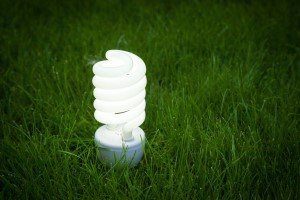Blog
4 Tips for Reducing Energy Costs for Your Business

Making people aware of your product is very important in order to attract customers to your business. Finding a way to sell to a certain niche or sector is also a core business need in order to generate the lifeblood of the business, which would be the revenue or the amount that you get paid. The addition of these 2 business functions, marketing and sales, may already seem complicated on its own but that only comprises a fraction of running the business.
The other major component in running your business you need to be aware of is the amount of money you need to spend in order to make your business runs. That is called cost and it can pertain to the amount you’ll need to spend to make or produce the product, the amount you’ll need to spend for resources to provide it, sell it, service it or market it. Costs vary depending on the product you’re providing and selling but one thing is certain for a business to survive. At the end of the day, the amount of money you get paid for the product has to exceed the amount of money you spent to provide it.
Among one of the most significant business costs across any industry is the cost of electricity. Whether your business has a full-blown manufacturing floor, you run a retail shop, or you have a sales office to meet your sales agents, using electricity is a guaranteed expense for you, unless your business model revolves around an Amish community.
Given all this, it’s important for a business to minimize costs within reason and without compromise to the quality of the product you want to deliver. These tips for saving electricity will be vital to help your business become more profitable.
1. Plan out your business operations based on your provider’s time-variant pricing

2. Invest in energy-saving innovations and technology
Several new technologies have appeared that can provide a windfall of energy savings. Some examples of these are heat pumps, machines that draw cold or heat from outside and blast them into the conditioned environment of your office space. These result in a 40% reduction in heating and cooling bills since they use minimal electricity to operate. Inverter air-conditioning systems which regulate the operation of the compressor according to variable speed instead of just off and on is also a popular way to reduce electricity costs especially if you live in the warmer parts of our country and in the summer. Inverter air-conditioners can run longer yet provide more energy savings. Using LED lighting is also reduces electricity cost by 55% and these prolong the life of your lighting solutions resulting in lower maintenance cost as well. If you are running a business that caters to food consider an induction cooktop oven instead of the normal gas burner or hot plate since these use about half the amount of energy needed in the more conventional means. Do some research and open your mind to demonstrations of energy-saving inventions, looking up startup companies is a great way to find out what the latest and greatest is as far as conserving energy.
3. Return to the grid with solar energy

4. Find out about government incentives for energy-saving tools
State governments or city governments may have an initiative in place that can help save by adapting to energy-saving technologies. These usually come in the form of tax cuts or carbon credit for your company and can certainly add up for you in terms of saving on cost. A tax cut looks at reducing not one but two business costs for you and can really be advantageous especially in the long run.
These energy saving tips are a great way to minimize your costs and allow you to invest some of your profits into more meaningful efforts like your employees or back into the community.





